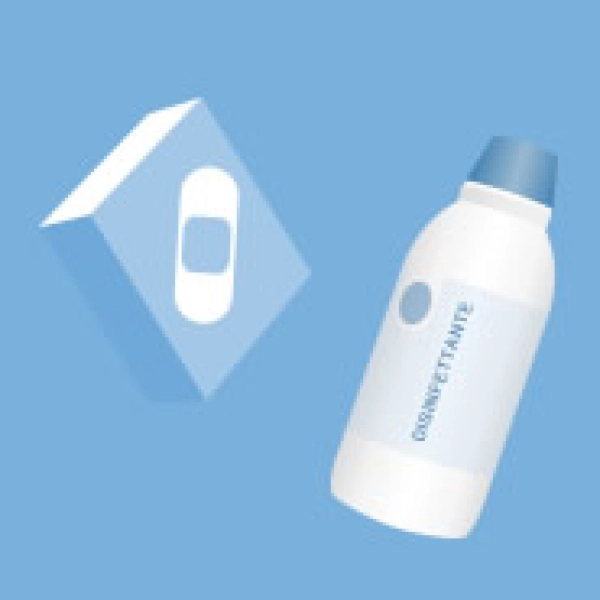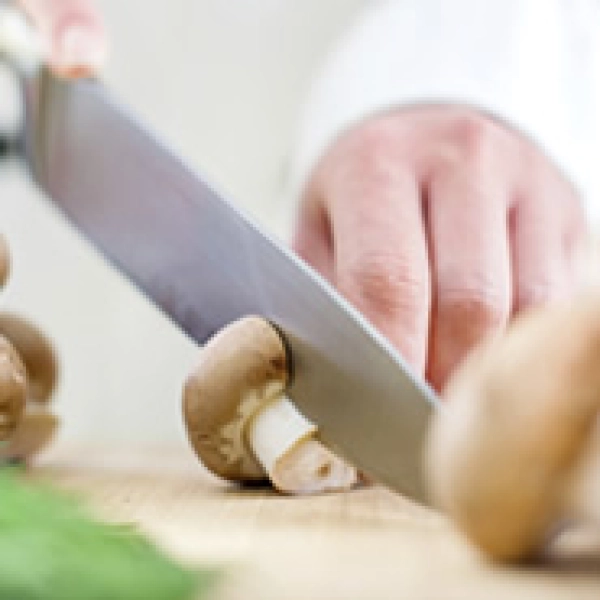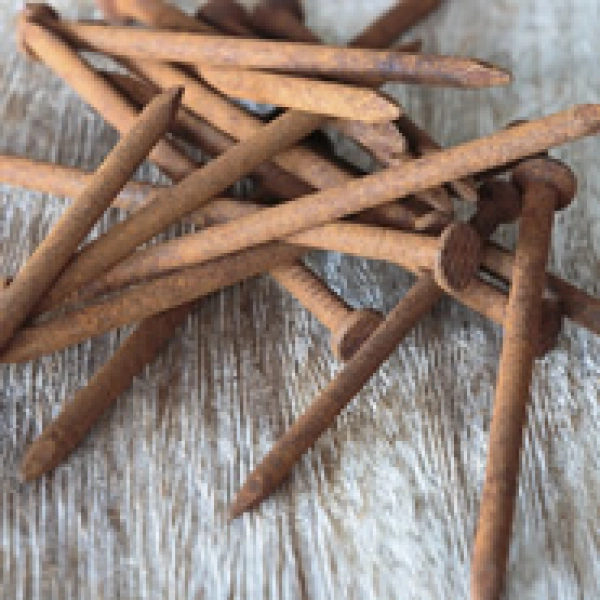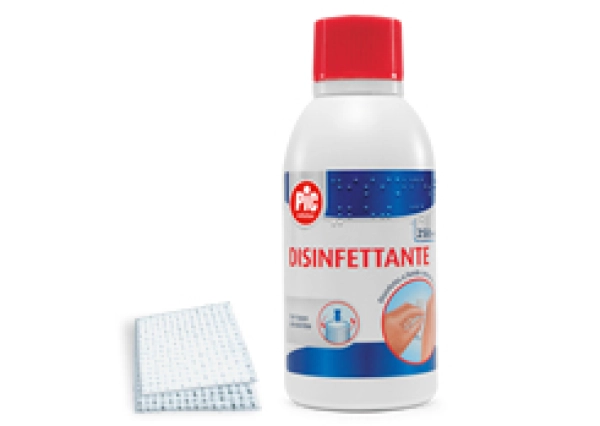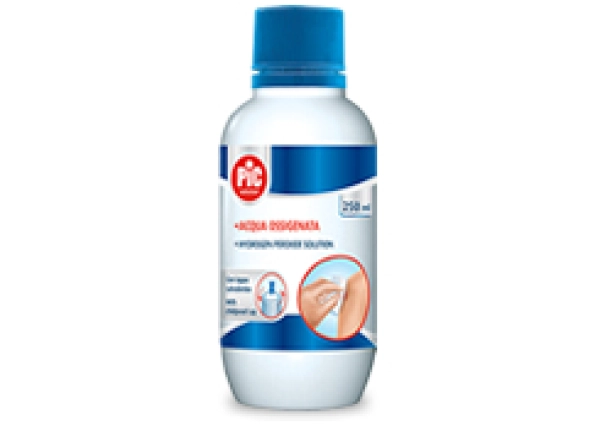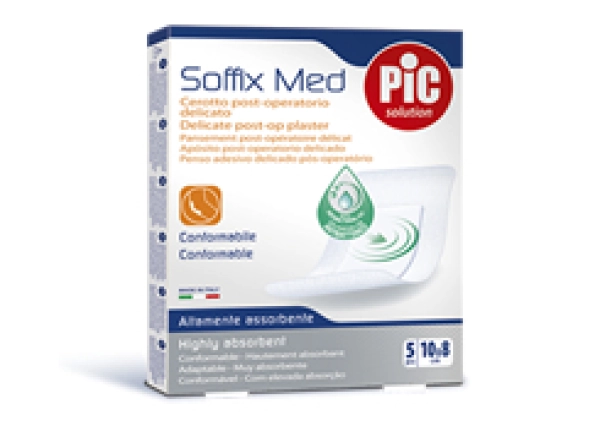

The first thing you should know is chilblains can occur in any part of the body - but extremities such as hands, feet, ears, nose and lips are the most at-risk zones because they are the most exposed to the cold and frost.
Chilblains usually first manifest themselves with a feeling of cold and pain in the affected area. If you leave that part of the body exposed to the cold or cannot protect and warm it up, the initial feeling can turn into discomfort: the stinging sensation might feel like needles are prickling you. As the skin freezes, the feeling might evolve into general numbness.
In the case of overt chilblains, don't panic: you might have a hard time moving the part of the body that is affected, simply because the cold causes stiffness in the joints and muscles.
Are you unsure whether you have chilblains or not? It's easy to find out: look at your skin. Usually, it changes colour from red to white, and then turns bluish. Moreover, small blisters might appear after you have warmed up the area.
The first thing you should do if you suspect the onset of chilblains is to find refuge in a warm place as soon as possible. If your feet and toes are affected, avoid walking because it might make the situation worse.
If you love mountain climbing, you should be wise and careful enough to bring a change of clothes in your backpack. In case of chilblains, do not hesitate: change immediately and replace any wet clothing with soft, dry pieces, in order to avoid further dispersing heat. If possible, warm up the parts of your body that are freezing by wrapping them up in blankets and find shelter from the cold.
Another first aid rule for chilblains: never, ever rub the affected area or try to warm it near a fire or any other source of direct heat, because you might make the lesion worse. The ideal way to warm up your skin is slow and gradual: immerse the affected area in warm (not hot) water for at least 30 minutes.
If you think you might be developing chilblains, give up cigarettes and ask anyone near you to stop smoking immediately: smoking can interfere with blood circulation, slowing down your body's return to thermal balance.
If you climb mountains or practice any winter sport, you are at risk of chilblains because you spend time in an environment where the combination of low temperatures and wind can definitely leave a mark. A great tip to prevent chilblains? Always wear the most suitable gear to protect your body from the cold.
Yes, chilblains can affect children and older people too. Why? They are more at risk because of their reduced capability for body temperature regulation.
